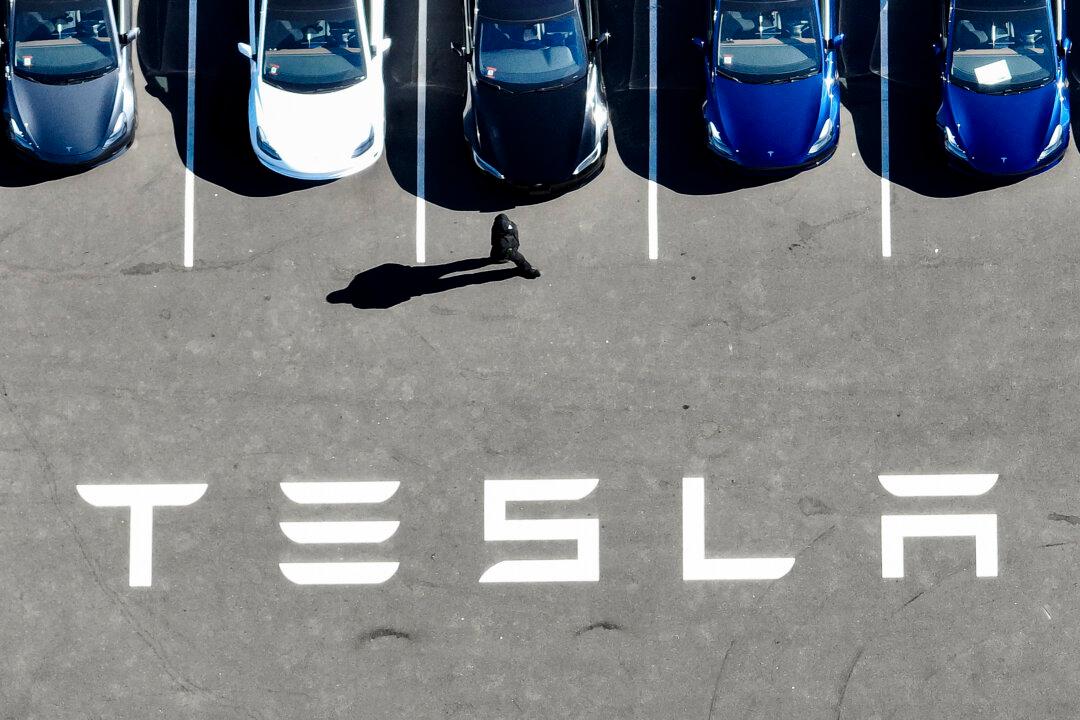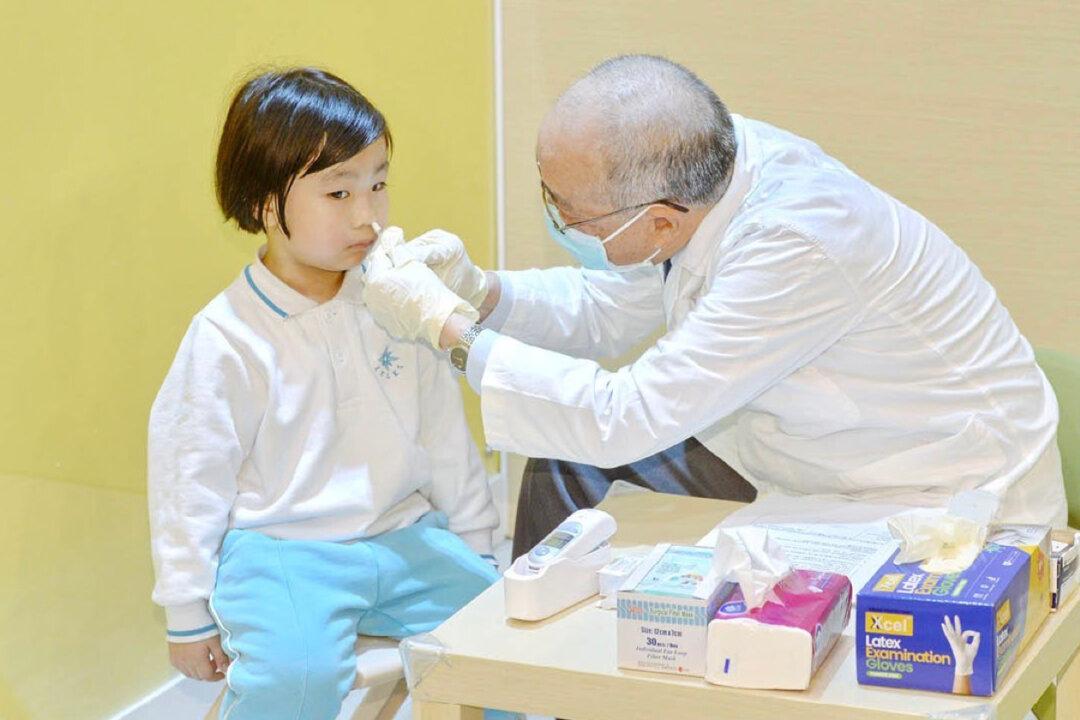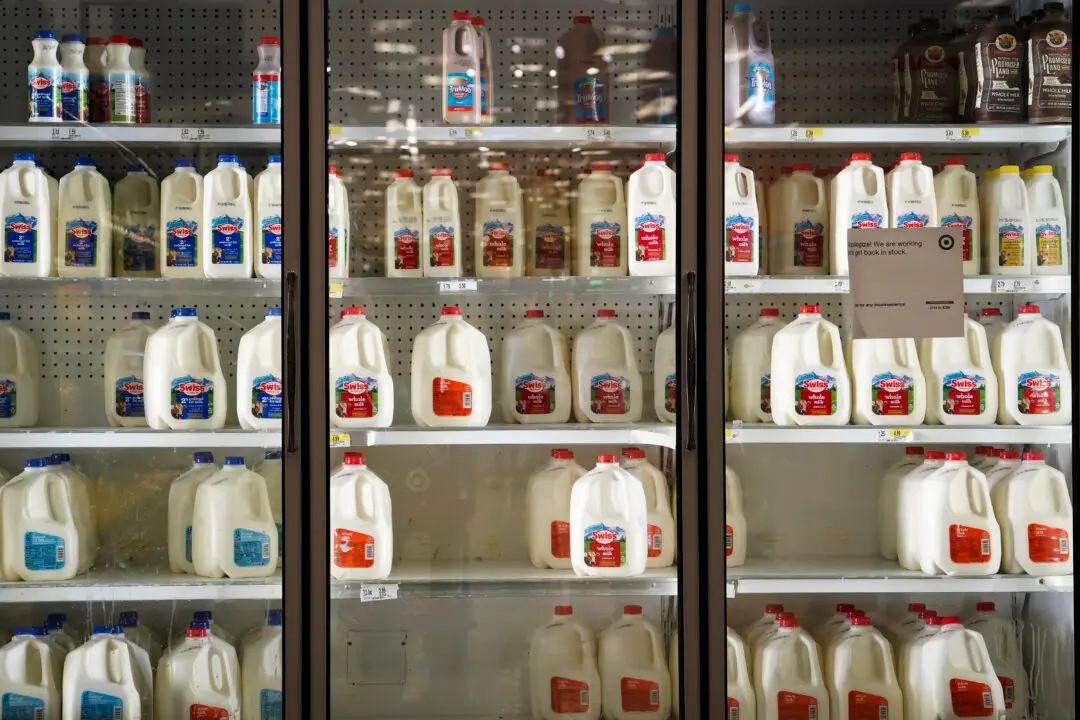Electric vehicle manufacturer Tesla is pulling more than 1.8 million vehicles from the U.S. market after the firm found a safety issue that could put drivers at risk.
The recall was initiated after Tesla identified that the hood latch assembly of certain cars “may fail to detect an unlatched hood condition after the hood has been opened,” the National Highway Traffic Safety Administration (NHTSA) said in a July 29 letter to Tesla acknowledging the problem. As a consequence of this fault, “an unlatched hood can fully open, obstructing the driver’s view and increasing the risk of a crash.”





